The Observatory & Camera Obscura
The Bristol Camera Obscura housed in an ancient windmill.
Situated high on a hill 338 feet above the river, close to the Suspension Bridge and near St Vincent’s Cave (the Giant’s Cave) is the Bristol Camera Obscura.
The building containing the camera obscura was once a windmill known as the Snuff Mill. In 1777 the mill machinery was unfortunately destroyed when the sails, turning too fast in a gale, caused enough friction to start a fire.
William West, an artist, rented the old mill as a studio and installed telescopes and the Camera Obscura in 1828.
The camera obscura, which means “darkened room” is a phenomenon of light in which an inverted image of the outside world shines from a pinprick hole. The trick of light has been known since ancient times and the 5th century BC by the Chinese philosopher Mo-Ti wrote about it as did Aristotle (384-322 BC) who also understood the optical principles involved. However, it wasn’t until 1021 that the first known working model was invented by Arabic scientist Ibn al-Haytham.
The trick of light would go on to become a favorite tool of artists as it allowed for the projection of a scene onto the canvas where it could then be accurately traced. Among the earliest uses of a camera obscura are recorded in Leonardo da Vinci’s (1452-1519) writings. Canaletto, Vermeer, Guardi, Joshua Reynolds, and Paul Sandby are all said to have used them in the 17th and 18th centuries.
In the 16th-century, a convex lens was added into the hole and later a mirror was added to reflect the image. The first cameras were enormous but later smaller, portable ones were made and became a popular aid to sketching and it was a short step to the first photographic cameras at the beginning of the 19th century.
Even after the advent of photography the larger rooms containing cameras were still used for entertainment and to observe the most beautiful scenery around the country and they flourished into the 19th century.
The Bristol Camera Obscura, a room-sized version, allows the viewer a 360-degree marvelous view around the tower across the Downs and the suspension bridge. A box on top of the building contains a convex lens and sloping mirror. Light is reflected downwards onto a table giving a true image of the surrounding area on to a white surface inside a darkened room.
Despite living in a world of television, 3D movies and video games, these magical devices are still amazing and capture the wonder of every child who comes to see them.
Just a few yards from the Camera Obscura, heading west towards the bridge, is a telephone pole. This post was used during World War II to send radio transmissions between a weather balloon and the nearby Avon Gorge Hotel. You can still make out the date carved a few feet up the utility rod.
Know Before You Go
Head towards the Bristol Suspension Bridge, it's up the hill on Clifton Downs. Very hard to miss!
The observatory and cave are open until 5 pm in the summer and 4 pm in the winter. Each attraction can be visited via a separate ticket for people unable to see the cave
The Camera Obscura is up a number of flights of spiral stairs and is a tight squeeze into the camera itself. The cave is accessed via steep strive steps, and metal stairs and the platform has an open grating. There is little headroom and passing is difficult in places.
Community Contributors
Added by
Edited by
The Atlas Obscura Podcast is Back!






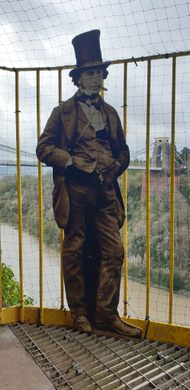
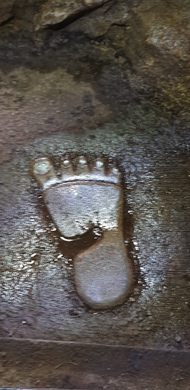
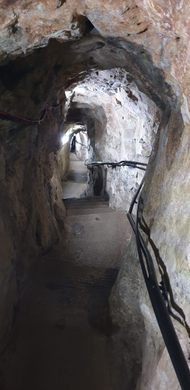
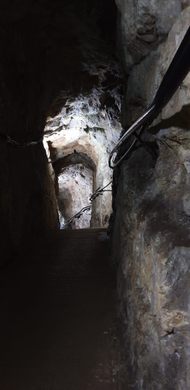
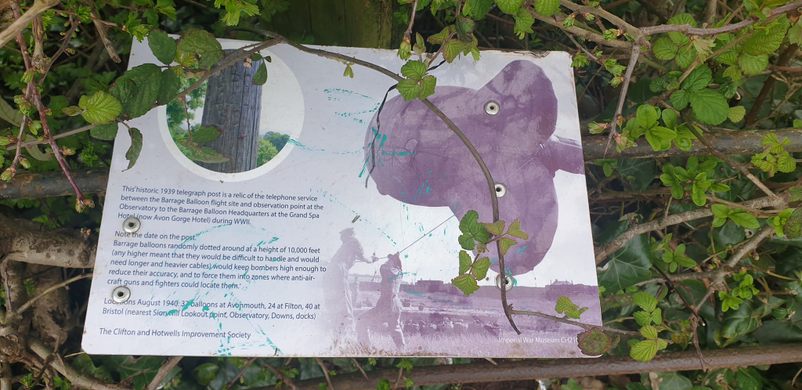
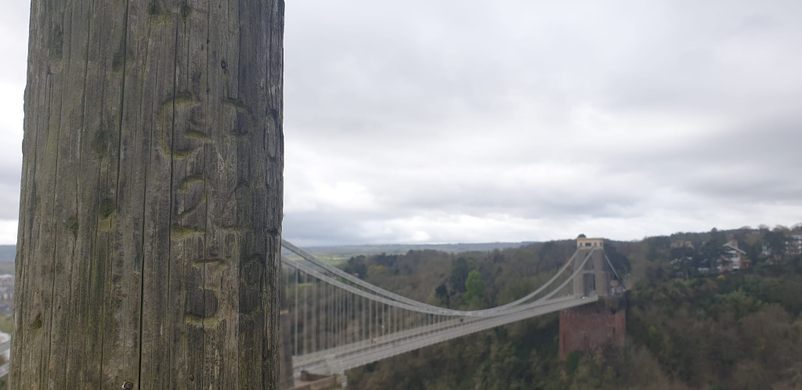
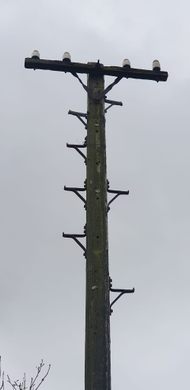
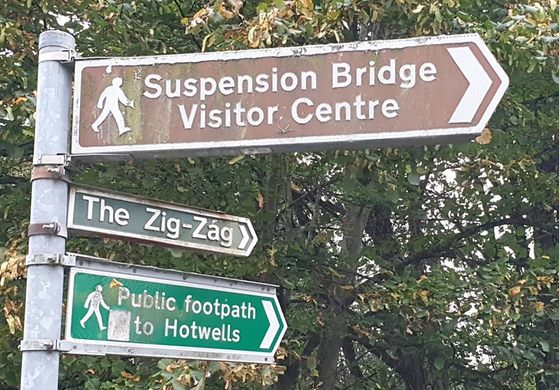
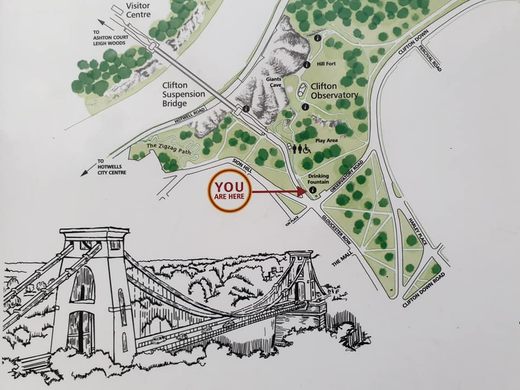
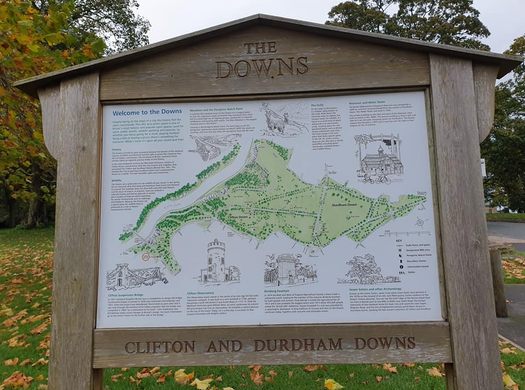
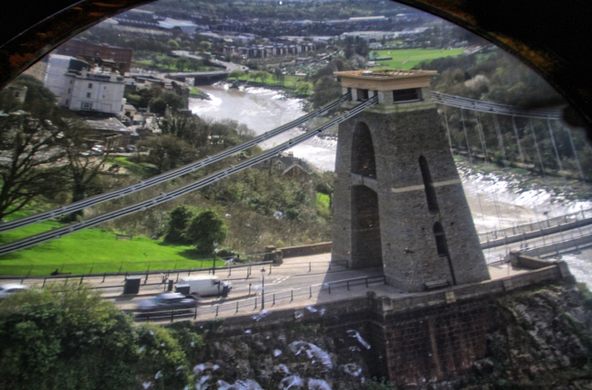
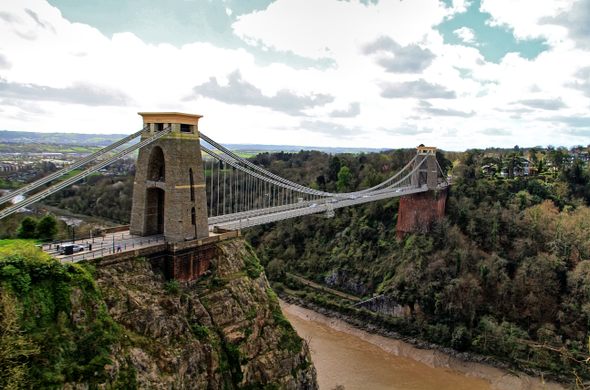
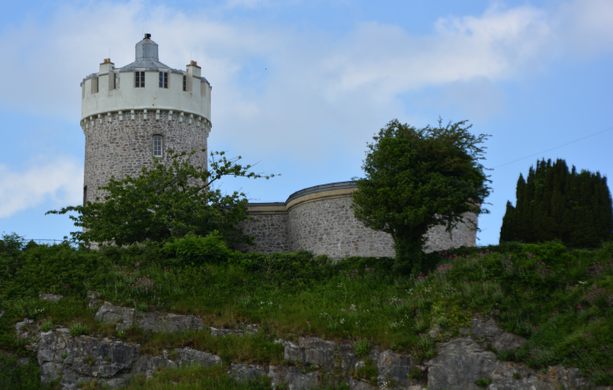

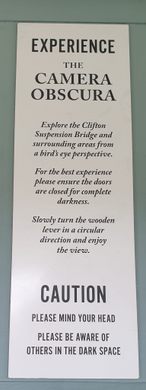
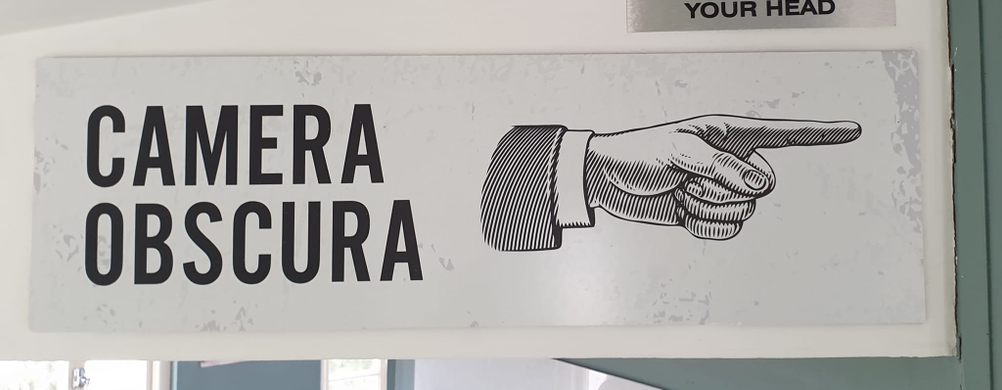












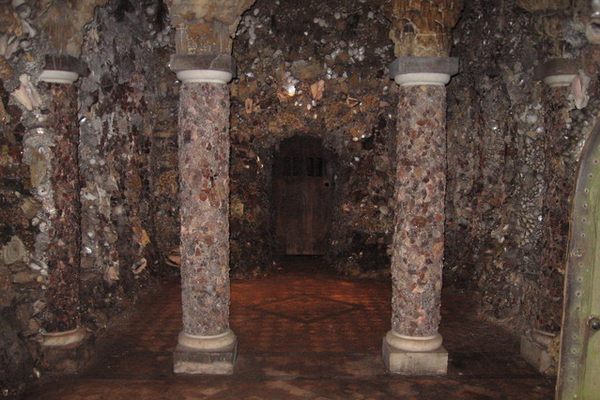
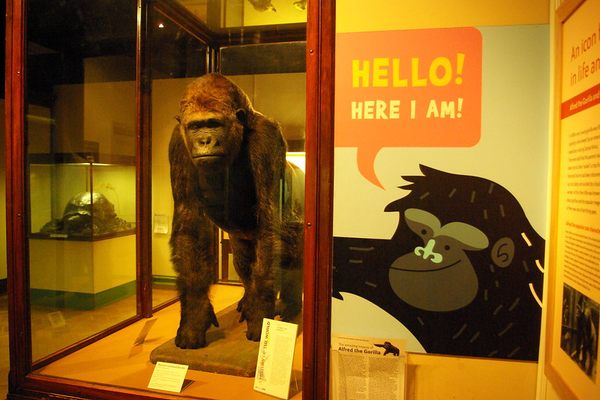
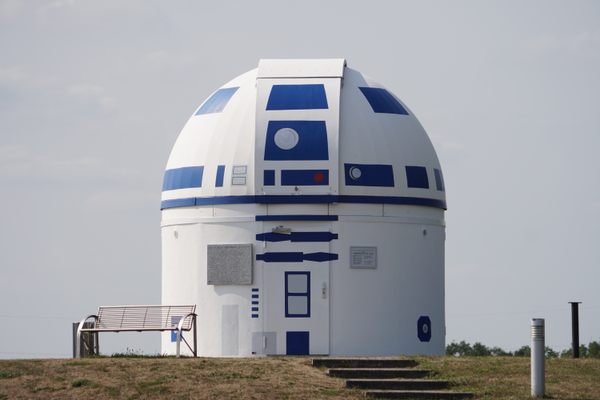

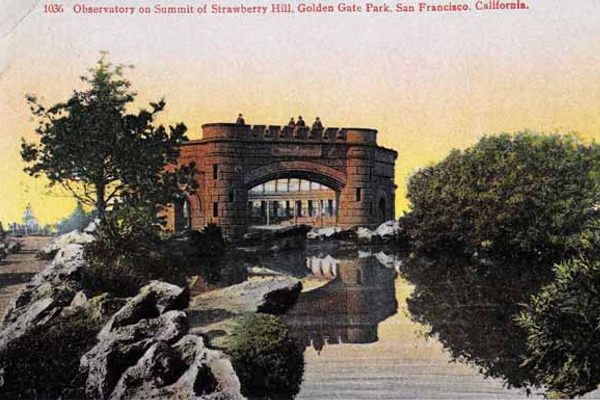



Follow us on Twitter to get the latest on the world's hidden wonders.
Like us on Facebook to get the latest on the world's hidden wonders.
Follow us on Twitter Like us on Facebook